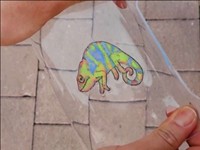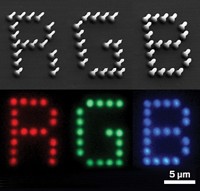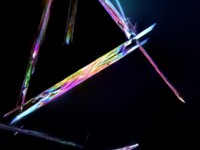Advertisement
Grab your lab coat. Let's get started
Welcome!
Welcome!
Create an account below to get 6 C&EN articles per month, receive newsletters and more - all free.
It seems this is your first time logging in online. Please enter the following information to continue.
As an ACS member you automatically get access to this site. All we need is few more details to create your reading experience.
Not you? Sign in with a different account.
Not you? Sign in with a different account.
ERROR 1
ERROR 1
ERROR 2
ERROR 2
ERROR 2
ERROR 2
ERROR 2
Password and Confirm password must match.
If you have an ACS member number, please enter it here so we can link this account to your membership. (optional)
ERROR 2
ACS values your privacy. By submitting your information, you are gaining access to C&EN and subscribing to our weekly newsletter. We use the information you provide to make your reading experience better, and we will never sell your data to third party members.
Materials
Escher goes chemical
July 24, 2006
| A version of this story appeared in
Volume 84, Issue 30
In his 1948 wood engraving Stars, M. C. Escher celebrated geometric symmetry in a composition of polyhedrons, including a cuboctahedron, in which an octahedron infiltrates a cube. Now chemists from the University of Science & Technology of China's Hefei National Laboratory for Physical Science at the Microscale and the Max Planck Institute of Colloids & Interfaces, Potsdam, Germany, have made micrometer-scale cuboctahedral structures (Chem. Mater., DOI: 10.1021/cm060956u). Each copper sulfide cuboctahedron consists of four intersecting hexagonal flakes, each about 2 μm across (shown). To make the Escherian crystals, the researchers prepared an ethylene glycol solution of Cu(NO3)2 and elemental sulfur, which they autoclaved at 140 °C for a day. After they collected the resulting black solid by centrifugation, scanning electron microscope imagery gave Shu-Hong Yu and his coworkers a most welcome surprise. "It is appealing that a synthetic technique as simple as the one presented here can produce such beautiful objects that even a skilled craftsman cannot touch on the microscale level," the researchers note. Building blocks for larger structures and encapsulating agents for other materials are among the structures' potential uses, they suggest.






Join the conversation
Contact the reporter
Submit a Letter to the Editor for publication
Engage with us on Twitter